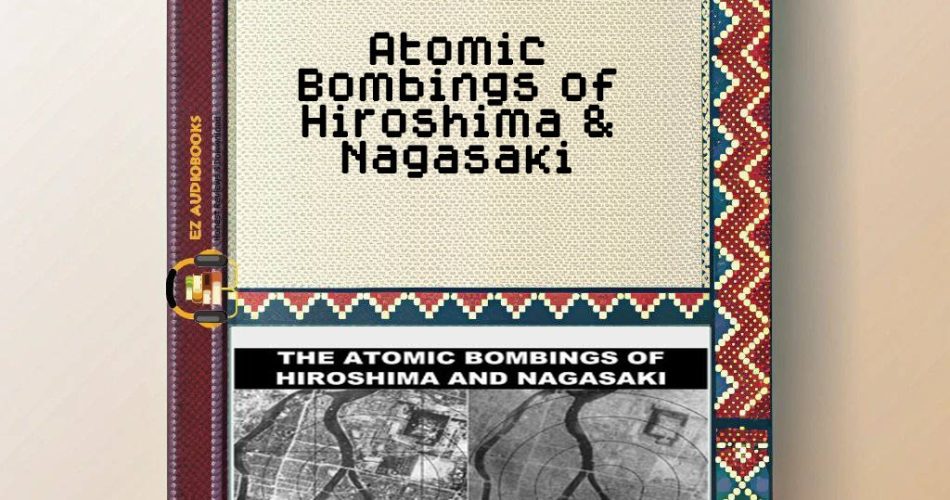Audiobook Sample
Listen to the sample to experience the story.
Please wait while we verify your browser...
- Title: Atomic Bombings of Hiroshima & Nagasaki
- Author: U.S. Army Corps Of Engineers
- Narrator: Denny Sayers
- Length: 03:34:32
- Version: Abridged
- Release Date: 01/01/2016
- Publisher: LibriVox
- Genre: History, World
- ISBN13: SABLIB9783383
As I pressed play on this LibriVox recording, the weight of history settled upon my shoulders with Denny Sayers’ first measured words. This audiobook presents the U.S. Army Corps of Engineers’ clinical report with a starkness that transported me back to my research days at Harvard’s Widener Library, where I first encountered primary documents from the Pacific War. The contrast between the report’s dispassionate tone and the unimaginable suffering it describes creates a cognitive dissonance that lingers long after the final chapter.
What fascinates me most is how this audiobook functions as a palimpsest of narratives. The primary report’s technical descriptions of ‘thermal radiation effects’ and ‘structural damage patterns’ overlay the unspoken human tragedy beneath. This reminds me of when I taught Murakami’s ‘Hard-Boiled Wonderland’ in Tokyo – how Japanese literature often communicates trauma through absence and silence. The engineers’ matter-of-fact documentation of mile-wide destruction zones becomes more haunting than any graphic description could be.
Through a cultural lens, the appendix featuring Father Siemes’ eyewitness account provides crucial counterpoint. Sayers’ narration subtly shifts here, allowing a tremor of emotion to enter his voice as he recounts the Jesuit’s description of ‘people with hanging skin like rags.’ This structural duality mirrors what I observed in my comparative literature studies – how official histories and personal testimonies create competing yet complementary truths.
The audio production merits particular analysis. Sayers’ baritone carries appropriate gravitas, though some might find his pacing too deliberate. However, this measured delivery serves an important function – it allows listeners to process the horrifying statistics (90% of physicians in Hiroshima killed or injured) without emotional manipulation. The lack of musical accompaniment or sound effects proves wise, letting the words stand as historical artifacts.
Compared to John Hersey’s ‘Hiroshima,’ this report lacks narrative artistry but gains authority as a primary source. While teaching at Berkeley, I often paired such documents with literary responses to demonstrate how different texts construct historical understanding. The clinical descriptions of radiation sickness take on new resonance when heard aloud, making this audiobook particularly valuable for auditory learners.
Some limitations should be noted. The report’s Cold War-era perspective occasionally surfaces, particularly in assumptions about ‘military necessity.’ Modern listeners might wish for contextual commentary, though the unvarnished presentation has its own scholarly value. The audio quality shows its LibriVox origins with occasional unevenness, but never distracts from the content.
For those seeking to understand nuclear warfare’s human cost, this audiobook offers indispensable primary evidence. It particularly rewards repeated listening – I’ve returned three times to Chapter 4’s description of shadow imprints on surviving walls, each hearing revealing new layers of meaning. The free availability through LibriVox makes this crucial document accessible in a way that honors its historical importance.
In scholarly solidarity,
Prof. Emily Chen

